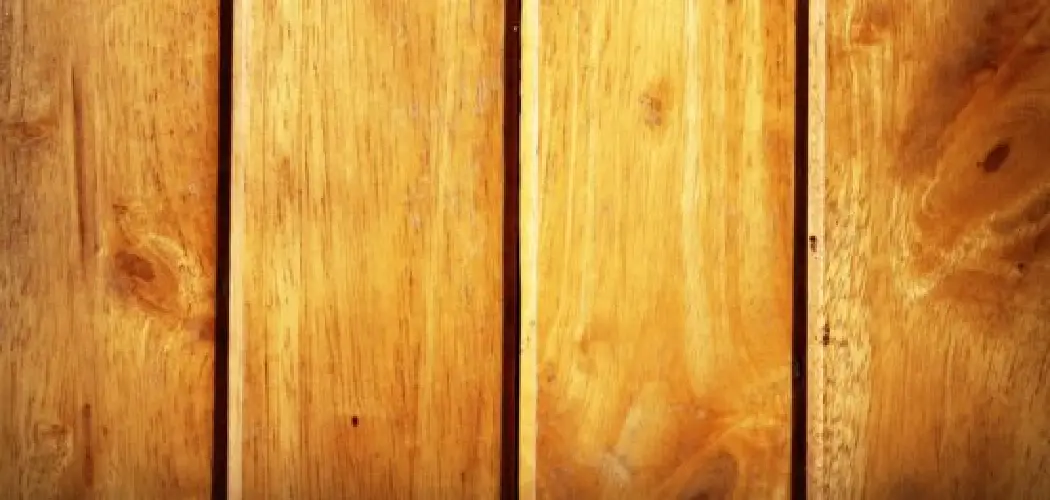Matching hardwood to an existing floor can be a difficult task. You want to choose a color and style that will compliment the current floor, but you also need to ensure it is the right fit for your home.
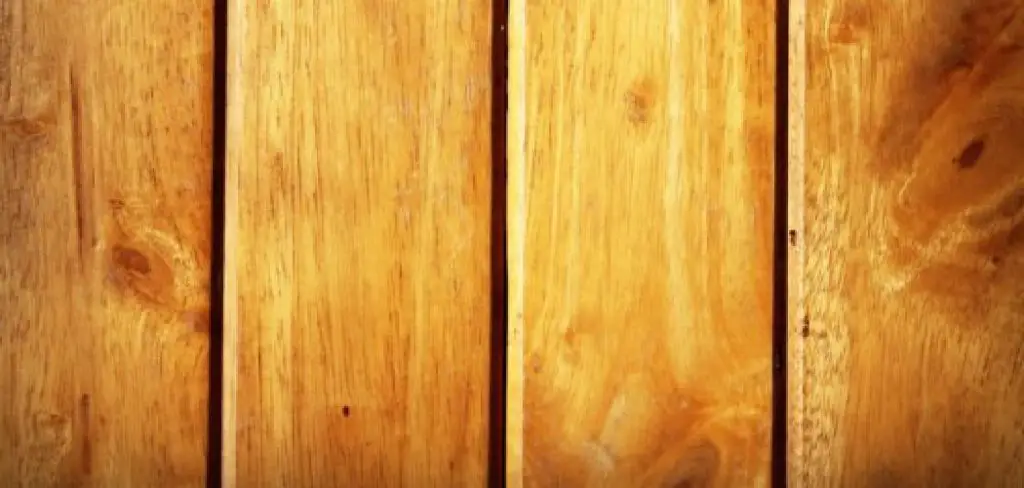
Have you ever loved the look of hardwood flooring but been hesitant to install it because of the fear that it won’t match your existing floor? Well, don’t worry – matching hardwood to existing floor is actually a lot easier than you might think. In this blog post, we’ll walk you through how to match hardwood to existing floor. So read on to learn more!
Summary: If you are looking to match hardwood flooring to an existing floor, there are a few things to keep in mind. First, make sure the wood is at least as thick as the existing flooring–if not thicker. Second, be sure to select a wood that matches the color and texture of the existing flooring. Finally, use a professional to help you match the flooring exactly.
How to Categorize to Match Hardwood to Existing Floor
There are a few ways that you can categorize hardwood floors to find a match for your existing floor. The first way is by the wood species. The most common hardwood floors include maple, oak, and cherry. If you know what type of wood your existing floor is, you can start narrowing down your search.
Another way to categorize hardwood floors is by the color of the wood. For example, you might have a light oak floor and want to find a match that is also light in color. Or, you might have a dark cherry floor and want to find a match that is also dark in color. If you know the color of your existing floor, then you can start narrowing down your search.
The last way to categorize hardwood floors is by the width of the plank. Plank widths can range from less than three to more than six inches wide. If you know the width of your existing floor, you can start narrowing down your search.
Once you have narrowed down your search, you can start looking at different hardwood floors that match your criteria. You can look at online retailers, home improvement stores, or even floors to Go! to find the perfect match for your existing floor.
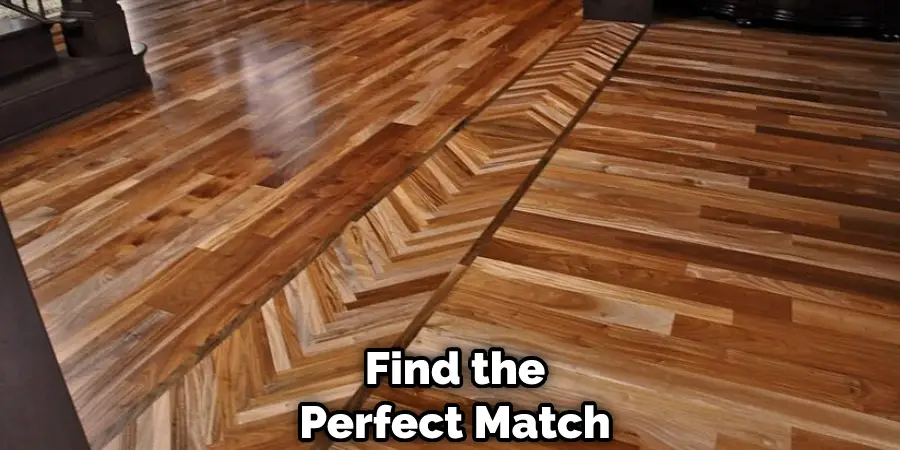
8 Simple Steps on How to Match Hardwood to Existing Floor
Step 1: Determine If You Need to Match the Floor
The first step is determining if you need to match your hardwood flooring to the existing floor. If the room is small, then you might be able to get away with a different color or style of hardwood. Or, if the hardwood in the rest of your home is a different color, you might be able to transition between the two colors differently.
Step 2: Consider the Age of Your Home
If your home is older, you might have a more challenging time matching the hardwood to the existing floor. This is because the floors in older homes are often made of different materials and are not always standardized. Ensure all the hardwood in your home is the same age, if possible. Look at the construction date of your home and try to find the hardwood that was made in the same period.
Step 3: Look at the Overall Style of Your Home
When trying to match hardwood to an existing floor, you also need to consider the overall style of your home. If you have a more traditional home, you will want to match the hardwood accordingly. However, if you have a more modern home, you might be able to get away with a different color or style of hardwood.
Step 4: Consider the Color of the Hardwood
One of the most important factors in matching hardwood to existing floors is the color of the hardwood. If the hardwood is a different color than the existing floor, it will be much harder to match. There are many hardwood colors, so you will need time to find the perfect match.
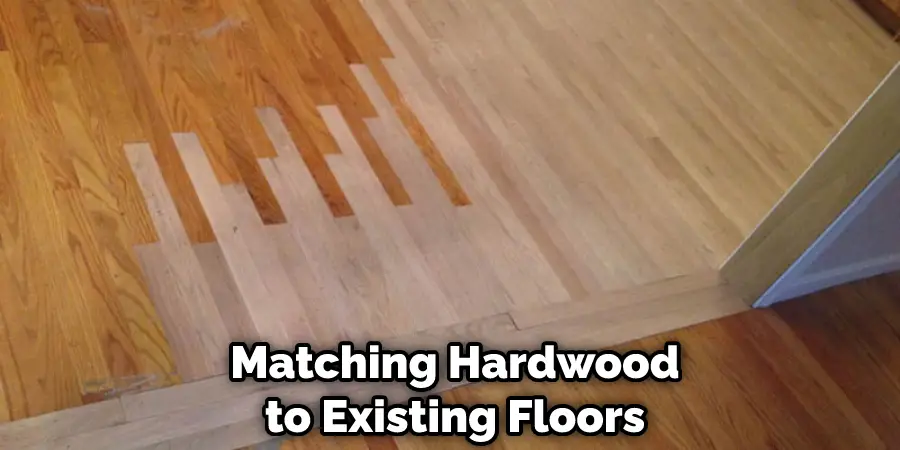
Step 5: Consider the Grain of the Hardwood
Another important factor in matching hardwood to the existing floor is the grain of the hardwood. The grain can affect the overall look of the hardwood, so you need to ensure that it matches the existing floor. Be careful with the amount of grain in the hardwood, as too much can make the floor look cluttered.
Step 6: Consider the Finish of the Hardwood
It is very important to consider the finish of your hardwood when trying to match it to an existing floor. The most common finishes are lacquer, oil, and wax. If your existing floor is finished with one of these, you will want to ensure that the new hardwood you select has the same or a compatible finish. Otherwise, the two floors will not look cohesive.
Lacquer is a clear finish applied to the wood to protect it from wear and tear. It is also the most common type of finish used on hardwood floors. Oil finishes are less common, but they provide a natural look and feel to the wood. Wax finishes are the least common type of finish, but they can give the hardwood a vintage look.
When trying to match hardwood to an existing floor, it is important to consider the finish of both floors. If they are not compatible, the two floors will not look cohesive.
Step 7: Choose the Right Type of Hardwood Flooring
There are many different types of hardwood floors available on the market today. The three main types are solid hardwood, engineered hardwood, and laminate.
When choosing the right type of hardwood flooring for your home, it is important to consider the advantages and disadvantages of each type. Solid hardwood floors are the most popular type of hardwood flooring. They are made from 100% real wood and can last for many years with proper care. However, solid hardwood floors are the most expensive type of hardwood flooring.
Engineered hardwood floors are made from a plywood base with a thin layer of real wood. Engineered hardwood floors are more durable than solid hardwood floors, but they are also more expensive.
Laminate hardwood floors are made from a composite material that contains a photograph of natural wood on the surface. Laminate hardwood floors are less expensive than solid and engineered hardwood floors, but they are not as durable. Laminate hardwood floors can be scratched and dented more quickly than reliable and engineered hardwood floors.
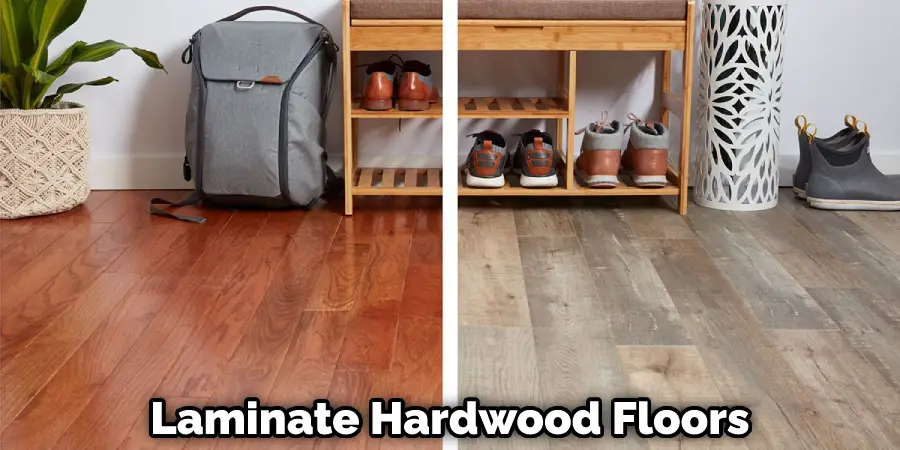
Step 8: Select the Right Hardwood Flooring Manufacturer
Once you have selected the correct type of hardwood flooring, it is important to choose the right manufacturer. Not all manufacturers are created equal. Some manufacturers use lower quality materials, while others use sustainable materials. It is important to research to find a reputable manufacturer who uses high-quality materials. Otherwise, you risk your new floors not matching your existing floors.
When looking for a reputable manufacturer, it is important to read reviews and compare prices. Make sure to select a manufacturer who offers a warranty on their products. This will ensure you are covered if anything goes wrong with your new floors.
You Can Check It Out to Make a Wooden Floor Less Slippery
Tips You Need to Keep in Mind Before Matching Hardwood to Existing Floor
- You first need to look closely at your existing hardwood floors. You’ll want to pay attention to things like the stain, the grain, and the overall style of the floor. This will help you narrow down your options for finding a new hardwood floor that will match perfectly.
- If your floors are stained, you’ll want to find a new hardwood floor with a similar stain. This can be tricky, but it’s important to get as close to a match as possible.
- The grain of your hardwood floors is also important. You’ll want to find a new floor with a similar grain pattern. This can be tricky, but it’s important to get as close to a match as possible.
- The overall style of your hardwood floors is also important. You’ll want to find a new floor that has a similar style. Otherwise, the new floors will stick out like a sore thumb.
- Once you’ve considered all of these factors, it’s time to start shopping around for new hardwood floors. You can look online or in-store. Make sure you take your time and find the perfect match for your home.
- When you’re shopping for new hardwood floors, be sure to take samples with you. This will help you match the floors more easily.
- Once you’ve found a few flooring options, it’s time to start thinking about installation. You’ll want to hire a professional installer to ensure that your new floors match your existing ones.
- After your new hardwood floors are installed, you’ll want to take care of them properly. Be sure to vacuum and mop regularly to keep them looking their best.
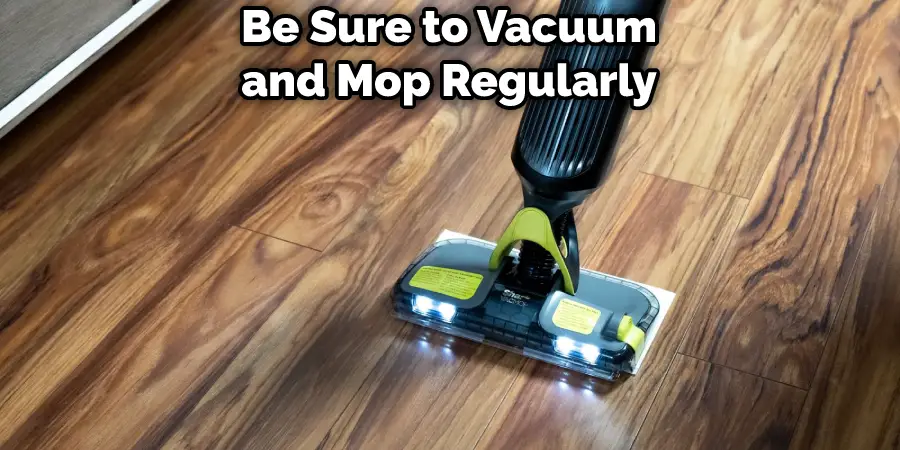
If you have any questions about matching hardwood floors, ask a professional. They’ll be able to give you more tips and advice. With these tips in mind, you should have no trouble finding new hardwood floors that match your existing ones perfectly.
Frequently Asked Questions
What Color Hardwood Floor is Timeless?
Different people have different opinions on what color hardwood floor is timeless. However, some popular opinions include black, white, oak, and walnut. So, it really depends on your personal preferences which color hardwood floor is the best for you.
What is the Most Popular Hardwood Floor Color?
A variety of different hardwood floor colors are popular among homeowners, including dark woods like oak and walnut, light woods like maple and birch, and trim colors such as black cherry or grey distressed. It’s important to choose a color that fits your
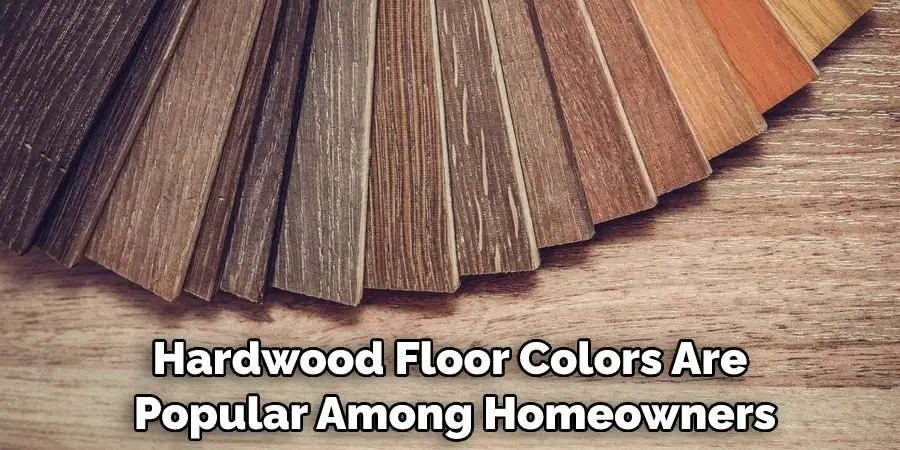
personality and home décor while still providing adequate protection against dust mites, moisture damage, scratches from shoes or pets’ claws, and other common issues associated with wood floors.
Some factors you may want to consider when selecting a new flooring include the room size (smaller rooms tend to be best suited for lighter shades), the kind of traffic your house experiences (a darker color will better resist scuffing), if any special features needs to be taken into account (like low-pile wood in wet areas), budget constraints (more expensive stains or finishes are usually worth it than cheaper options), ease of care (some materials require less maintenance than others).
Ultimately, it is important not only to find the right color palette for your home but also make sure all furniture is properly matched so that everything matches together harmoniously.
How Do You Match Two Types of Flooring?
Selecting the right flooring for your home can be a daunting task, but it doesn’t have to be. By using our Floor Finder tool, you can quickly and easily compare different types of flooring and find the perfect option for your needs. You can also use our interactive guide to get tips on how to choose the best flooring for your home.
Once you’ve selected the type of flooring that is best suited for your needs, be sure to visit one of our stores in order to view and test samples in person. This will help ensure that you make a purchase that meets both your aesthetic preferences and functional requirements.
Is It Better to Have the Same Flooring Throughout the House?
While it might seem logical to have the same flooring throughout the house, this is not always a good idea. Different types of flooring absorb and transmit different amounts of sound, which can create an overall noise environment in your home that you may not be happy with. Additionally, different Flooring types will wear at different rates and may need to be replaced more frequently than others.
It’s also important to factor in your budget when making this decision as choosing the wrong type of flooring could lead to expensive repairs down the road. So, if you’re undecided about what type of flooring to choose for your home, think about how it will affect both your emotional comfort level and financial stability first!
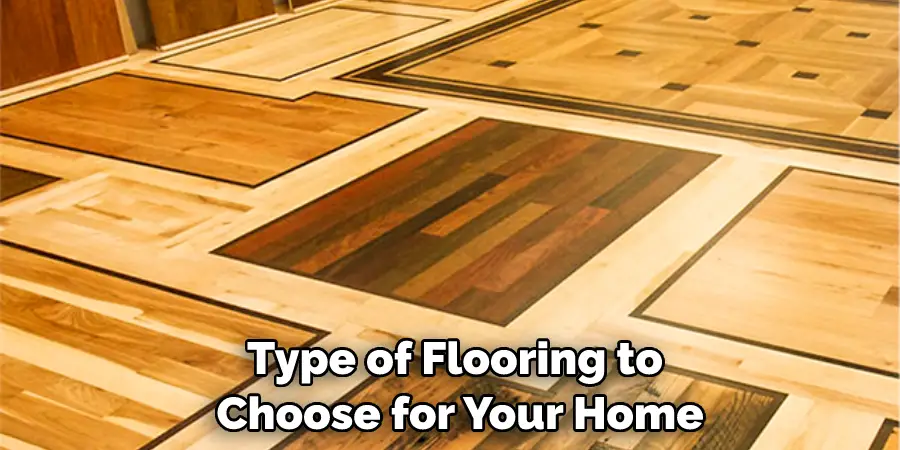
Conclusion
So, if you’re considering hardwood flooring for your home and want to be sure that the result looks like a natural extension of the existing floor, keep these tips in mind. If you have any questions regarding how to match hardwood to existing floor and about matching wood species or finding a qualified contractor, don’t hesitate to reach out for help. We’d be happy to chat with you about your specific needs and point you in the right direction. Thanks for reading!

